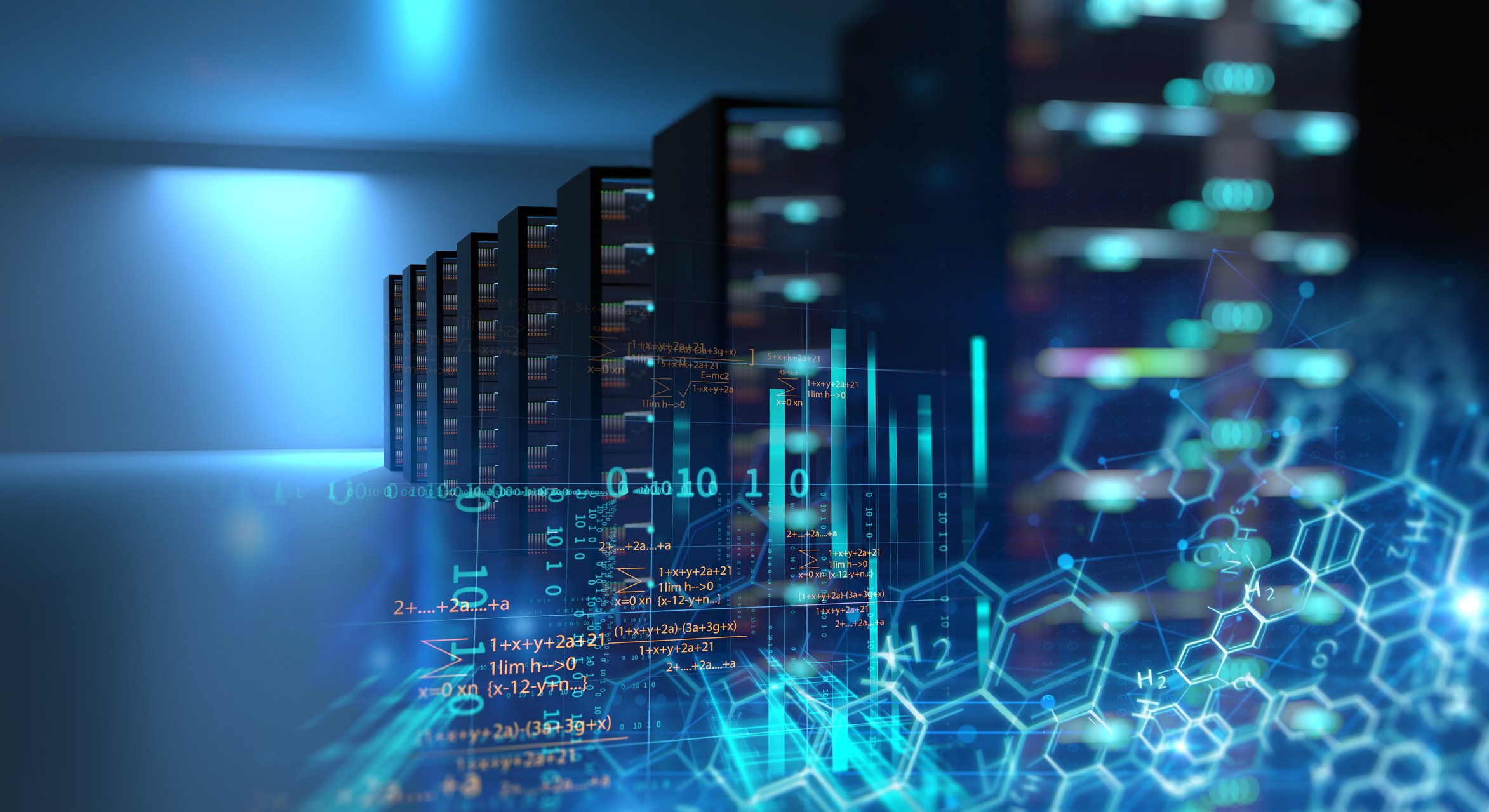The Edge Computing Revolution: How It’s Changing the Future of Technology
The advancement of technology has brought about significant changes in the way we live and work. One of the latest trends in technology that has emerged in recent times is Edge Computing. Edge Computing has been gaining popularity and is becoming more and more important in today's world. In this article, we will explore what Edge Computing is, its importance, and how it works.
Have you ever wondered how fast and efficient our technology is today? Well, the secret lies in Edge Computing. In this article, we will discover how Edge Computing is revolutionizing the world of technology.
Edge Computing is a distributed computing model that allows data processing to be done closer to the source of the data, rather than at a central location. In other words, it involves performing data processing and computation at the edge of the network, where the data is generated, instead of transmitting the data to a remote data center or cloud for processing.
Edge Computing has become increasingly important in recent years due to the exponential growth in the number of Internet of Things (IoT) devices, which generate vast amounts of data that need to be processed in real-time. The traditional cloud computing approach of processing data at a central location can result in latency and bandwidth issues, which can be problematic in applications that require real-time processing, such as autonomous vehicles and remote medical procedures.
What is Edge Computing?
Edge Computing refers to a distributed computing model that allows data processing to be done closer to the source of the data, rather than at a central location. This means that data is processed at the edge of the network, where it is generated, instead of transmitting it to a remote data center or cloud for processing. Edge Computing can be viewed as an extension of cloud computing, where data processing is moved closer to the edge of the network.
Edge Computing allows for faster processing of data and reduces latency and bandwidth issues that can be experienced with traditional cloud computing approaches. Edge Computing is becoming increasingly important as the number of IoT devices continues to grow, and real-time processing of data becomes more critical.
Importance of Edge Computing
Edge Computing is essential in today's world due to the exponential growth in the number of IoT devices. According to Gartner, the number of IoT devices is expected to grow to 25 billion by 2021. This means that there will be an enormous amount of data generated by these devices, which will require real-time processing.
Edge Computing offers several benefits, including reduced latency, improved performance, enhanced security, and reduced bandwidth costs. By processing data at the edge of the network, latency is reduced, and real-time processing is possible. Improved performance is achieved by offloading data processing from the cloud to the edge, where it is closer to the source of the data.
Edge Computing also offers enhanced security by reducing the attack surface area. By processing data at the edge of the network, sensitive data can be kept local, reducing the risk of data breaches. Additionally, Edge Computing can reduce bandwidth costs by reducing the amount of data that needs to be transmitted to the cloud for processing.
How does Edge Computing work?
Edge Computing involves deploying computing resources closer to the edge of the network, where the data is generated. These resources can include servers, storage devices, and networking equipment. The resources can be deployed in various locations, including cell towers, base stations, and IoT devices.
When data is generated by an IoT device, it is processed locally by the computing resources deployed at the edge of the network. The processed data is then transmitted to the cloud for storage and further processing, if necessary.
Edge Computing is a rapidly growing field that has gained a lot of attention in recent years. It refers to the process of bringing computing and storage resources closer to where data is being generated and processed, thus reducing the need for data to be transferred to centralized data centers for processing. This approach is becoming increasingly popular due to its ability to improve network performance and reduce latency, making it ideal for applications that require real-time data processing and analysis.
In this article, we will explore the world of Edge Computing, its importance, and how it is revolutionizing the way we process data.
Why is Edge Computing Important?
Edge Computing has emerged as a key technology in the digital age, with the rise of the Internet of Things (IoT), Artificial Intelligence (AI), and cloud computing. Here are some reasons why Edge Computing is becoming increasingly important:
- Faster Response Time: By processing data at the edge of the network, Edge Computing reduces latency and delivers faster response times. This is crucial for applications that require real-time data processing, such as autonomous vehicles, remote monitoring, and video streaming.
- Lower Bandwidth Requirements: Edge Computing reduces the amount of data that needs to be transferred to centralized data centers, thus reducing bandwidth requirements and saving costs.
- Improved Security: Edge Computing can enhance data security by reducing the amount of data that needs to be transmitted over the network, thus reducing the risk of cyber-attacks.
- Cost Savings: Edge Computing can reduce the need for expensive hardware and infrastructure, thus saving costs.
The Rise of Edge Computing
Edge Computing has gained significant traction in recent years, with the market expected to grow at a CAGR of 34% between 2020 and 2025, according to MarketsandMarkets. The rise of Edge Computing is driven by several factors, including the need for real-time data processing and analysis, the increasing adoption of IoT devices, and the growth of cloud computing.
Here are some of the industries that are benefiting from the rise of Edge Computing:
- Healthcare: Edge Computing is revolutionizing the healthcare industry by enabling real-time monitoring of patients, remote diagnostics, and predictive analytics.
- Manufacturing: Edge Computing is transforming the manufacturing industry by enabling real-time monitoring of machines, predictive maintenance, and process optimization.
- Retail: Edge Computing is improving the retail industry by enabling personalized customer experiences, real-time inventory management, and supply chain optimization.
- Transportation: Edge Computing is enhancing the transportation industry by enabling real-time tracking of vehicles, predictive maintenance, and autonomous driving.
Challenges and Opportunities
While Edge Computing offers many benefits, it also poses some challenges. One of the biggest challenges is ensuring the security and privacy of data. With data being processed at the edge of the network, there is a risk of cyber-attacks and data breaches. Another challenge is ensuring interoperability between different Edge Computing solutions.
However, despite these challenges, Edge Computing offers numerous opportunities for businesses and organizations. It enables them to process data faster, reduce costs, and improve network performance, leading to better customer experiences and increased competitiveness.
Frequently Asked Questions
Q. What is the difference between Edge Computing and Cloud Computing?
A. While Cloud Computing involves centralizing computing and storage resources in data centers, Edge Computing involves bringing computing and storage resources closer to where data is being generated and processed.
Q. What are the benefits of Edge Computing?
A. The benefits of Edge Computing include faster response times, lower bandwidth requirements, improved security, and cost savings.
Conclusion
Edge Computing allows for decentralized computing, which means that data is processed at the edge of the network, closer to where it is generated. This results in faster processing times, reduced latency, and improved performance. Edge Computing also enhances security by reducing the attack surface area, and reduces costs by reducing the amount of data that needs to be transmitted to the cloud for processing.
To fully leverage the benefits of Edge Computing, organizations must ensure that they have the right infrastructure in place. This includes deploying the necessary computing resources at the edge of the network and ensuring that they are properly configured and managed.
In conclusion, Edge Computing is a game-changer that is revolutionizing the world of technology. It is becoming increasingly important in today's world due to the exponential growth in the number of IoT devices. By processing data at the edge of the network, organizations can achieve faster processing times, reduced latency, improved performance, enhanced security, and reduced costs. As such, Edge Computing should be a top priority for organizations looking to stay ahead of the curve in the ever-evolving world of technology.



